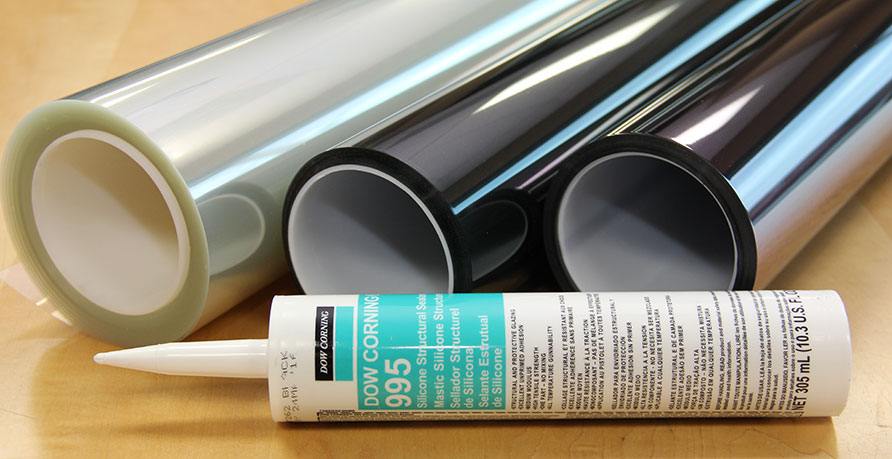
Sensitive Compartmented Information Facilities, or SCIFs, are secure rooms where confidential information is often discussed. However, it’s worth noting that SCIFs can, and should, really exist in any facility where classified information is either stored or regularly discussed.
Many facilities make the mistake of assuming that any conference room will work as a SCIF, and this just isn’t the case. That’s because conventional doors, windows and walls can provide a means for unqualified or restricted personnel to eavesdrop in on conversations, leaving the potential of passing along classified information to other parties there. However, if the room you’re using as a SCIF consists of conventional building materials, it doesn’t necessarily mean you have to tear it down and start all over from scratch. In fact, by performing some minor alterations, you can help build on the security offered by the building materials already in place to make any room more secure.
Here’s a look at some of these materials that can help get the job done:
SCIF Building Materials
Below you’ll find more information used to create more secure spaces in commercial working environments. Though these are hardly the only materials that can be administered to help create an office SCIF, they are options that can help safeguard office spaces.
- Window films: Electronic data theft is a real threat these days, and that’s where window films can help. RF and IR window films can help contain their respective signals and prevent them from reaching beyond a SCIF-like room to areas outside of the building where someone else may be able to access them. These films are designed to apply easily to existing windows, and they’re very discrete following application.
- RF foil: Installing RF foil is ideal for applying to drywall and concrete to prevent RF signals from extending beyond the SCIF. In addition to securing RF signals, these foils also help with sound attenuation.
- RF paint: RF paint, which serves a similar role to RF foil, is ideal for applying in areas where foil is difficult to place. These include floors, wood frames and various irregular surfaces. Paint can also be applied outdoors.
- Window treatments: Electronic data and audio privacy is one thing, visual privacy is a whole other thing. That’s where window treatments can help secure any office room designed to serve as a SCIF. Blinds and roller shades are two popular types of window treatments. Decorative films can also be applied over windows to spice up the interior of a room and boost its privacy.
How secure is your office space? Does it take into consideration the threat of some ill-intentioned party intercepting IR or RF signals? Does it incorporate any type of visual barrier to prevent curious onlookers from seeing in? Does your security plan include SCIF or data protection? Now’s the time to take stock of how secure your SCIF room really is, and make any adjustments necessary.

